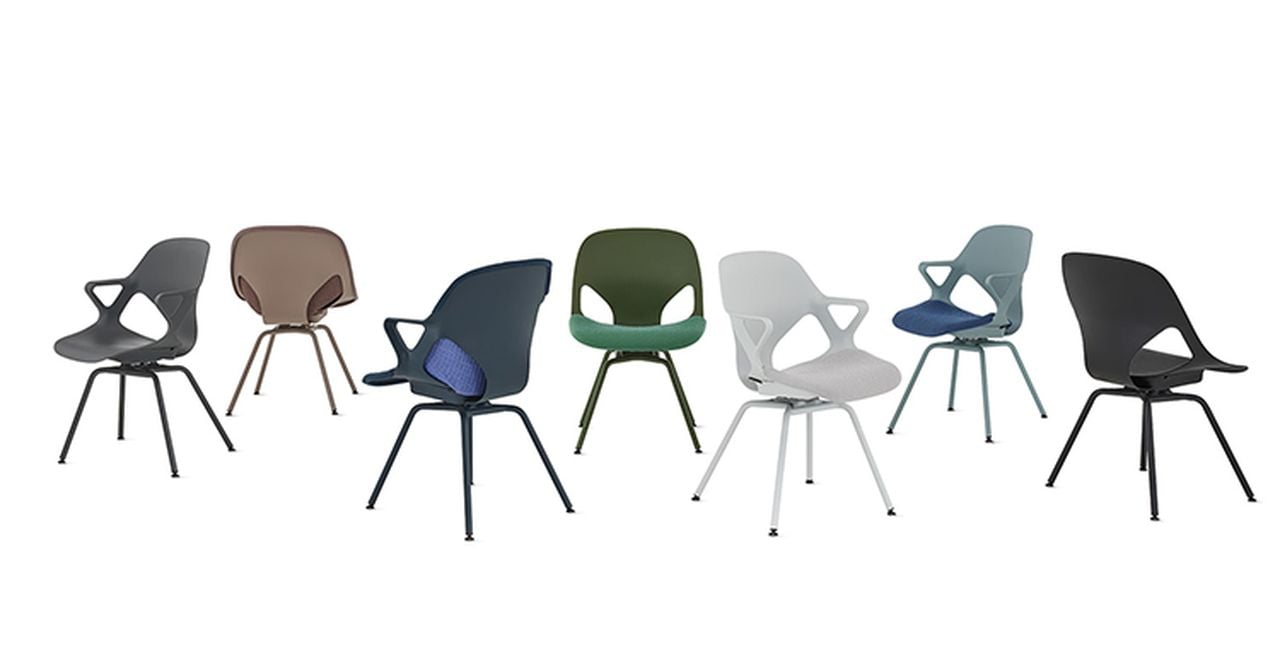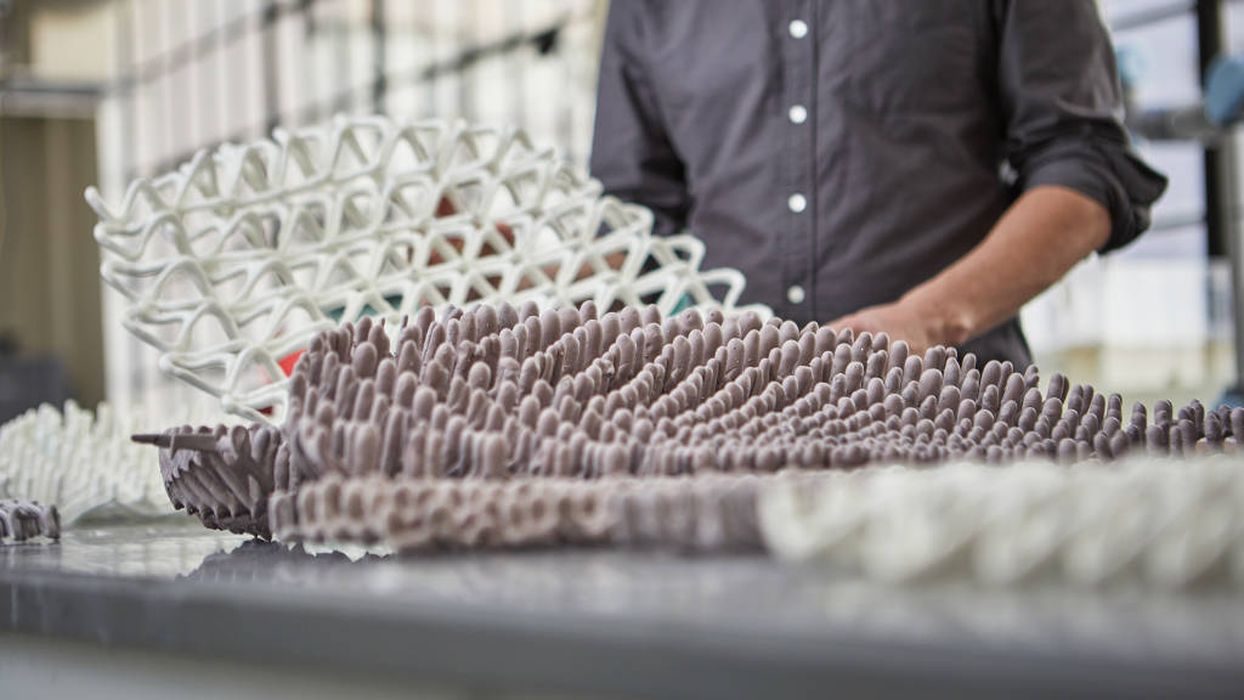
Charles R. Goulding and Preeti Sulibhavi uncover the surging demand for office chairs and furniture, driven by remote work trends and the integration of 3D printing technology.
Demand for office chairs and furniture is finally rising. This trend is driven by the dynamics between increased remote work, and a heightened focus on employee well-being and productivity. Among the key players benefiting from this uptick is MillerKnoll, a prominent name in the furniture industry. The company saw US$11 million in profit and an increase of 1.2% over the year-ago quarter. Organic order growth in the industry was about five percent.
Several factors are contributing to this rise in demand, there are various types of office chairs and couches, materials, and designs. Then there is the integration of 3D printing technology in the furniture sector.
Factors Driving the Demand for Office Chairs and Couches
The surge in demand for office chairs and couches can be attributed to several key factors:
Remote Work and Hybrid Work Models: The COVID-19 pandemic accelerated the adoption of remote and hybrid work models. As more employees work from home, the need for ergonomic and comfortable office furniture has skyrocketed.
Employee Well-being and Productivity: Companies are increasingly recognizing the importance of providing high-quality, ergonomic furniture to enhance employee well-being and productivity. Comfortable seating solutions reduce the risk of musculoskeletal issues and boost overall work efficiency.
Office Redesign and Modernization: Many organizations are redesigning their office spaces to create more flexible and collaborative environments. This has led to an increased demand for versatile and stylish office chairs and couches.
MillerKnoll’s Growth in Corporate Client Retail Orders
MillerKnoll, a merger of Herman Miller and Knoll, has seen a substantial increase in corporate client retail orders. This growth is driven by the company’s reputation for producing high-quality, ergonomic office furniture that meets the evolving needs of modern workplaces. MillerKnoll’s extensive range of office chairs and couches caters to diverse preferences and requirements, making it a preferred choice for corporate clients.
Popular Office Chair and Couch Types
- Ergonomic Office Chairs: Ergonomic chairs are designed to provide optimal support and comfort, reducing the risk of physical strain during long working hours. Features such as adjustable lumbar support, seat height, and armrests make these chairs highly popular.
- Executive Chairs: Executive chairs offer a blend of comfort and style, often featuring premium materials like leather. These chairs are favored by top-level management for their sophisticated appearance and superior comfort.
- Task Chairs: Task chairs are versatile and practical, designed for various office tasks. They are typically lightweight, easy to maneuver, and come with adjustable features to suit different user preferences.
- Lounge Chairs and Couches: Lounge chairs and couches are increasingly being integrated into office spaces to create informal meeting areas and relaxation zones. These pieces often feature plush cushions and modern designs, enhancing the aesthetic appeal of the workspace.
Materials and Designs: What’s Trending?
The choice of materials and designs plays a crucial role in the popularity of office chairs and couches. Some of the most sought-after materials and designs include:
Mesh and Fabric: Mesh chairs are favored for their breathability and comfort, making them ideal for long hours of use. Fabric chairs, available in a variety of colors and textures, add a touch of personalization and warmth to office spaces.
Leather and Faux Leather: Leather chairs exude luxury and professionalism, making them a popular choice for executive offices. Faux leather offers a similar aesthetic at a more affordable price point, catering to budget-conscious buyers.
Sustainable Materials: With increasing awareness of environmental sustainability, there is a growing demand for furniture made from eco-friendly materials such as recycled plastics and sustainably sourced wood.
Modern and Minimalist Designs: Modern office furniture designs with clean lines, neutral colors, and minimalist aesthetics are highly popular. These designs create a sleek and uncluttered look, promoting a productive work environment.
The Role of 3D Printing in Office Furniture
3D printing technology is revolutionizing the furniture industry by enabling innovative designs, reducing production costs, and allowing for customization. Several furniture companies are harnessing the potential of 3D printing to meet the rising demand for office chairs and couches.

Other Furniture Companies Embracing 3D Printing
Steelcase: Steelcase, a leading office furniture manufacturer, has integrated 3D printing into its production process. The company uses 3D printing to create prototypes, customize products, and produce intricate components that would be challenging to manufacture using traditional methods.
Haworth: Haworth is another major player utilizing 3D printing technology. The company leverages 3D printing to produce ergonomic office chairs with complex geometries, enhancing both functionality and aesthetics.
Herman Miller: Even before its merger with Knoll, Herman Miller was at the forefront of adopting 3D printing technology. The company has used 3D printing to create unique furniture pieces, including chairs with intricate lattice structures that provide superior support and comfort.

3D Printing Companies in the Furniture Sector
Formlabs: Formlabs is a leading 3D printing company that collaborates with furniture manufacturers to produce high-quality, customized office furniture components. Their advanced 3D printing technology enables the creation of complex designs with precision.
Carbon: Carbon’s digital manufacturing platform is used by several furniture companies to produce durable and lightweight office furniture. Carbon’s technology allows for rapid prototyping and efficient production, making it an ideal partner for the furniture industry.
MakerBot: MakerBot offers a range of 3D printers that are widely used in the furniture industry. Their printers are known for their reliability and ability to produce detailed and high-resolution furniture parts.
The Research & Development Tax Credit
The now permanent Research and Development (R&D) Tax Credit is available for companies developing new or improved products, processes and/or software.
3D printing can help boost a company’s R&D Tax Credits. Wages for technical employees creating, testing and revising 3D printed prototypes can be included as a percentage of eligible time spent for the R&D Tax Credit. Similarly, when used as a method of improving a process, time spent integrating 3D printing hardware and software counts as an eligible activity. Lastly, when used for modeling and preproduction, the costs of filaments consumed during the development process may also be recovered.
Whether it is used for creating and testing prototypes or for final production, 3D printing is a great indicator that R&D Credit-eligible activities are taking place. Companies implementing this technology at any point should consider taking advantage of R&D Tax Credits.
Conclusion
The rise in demand for office chairs and couches is a testament to the evolving workplace dynamics and the increasing emphasis on employee well-being and productivity. MillerKnoll’s success in capturing corporate client retail orders underscores the importance of high-quality, ergonomic, and stylish office furniture. The integration of 3D printing technology in the furniture sector is further driving innovation, allowing for customized and cost-effective solutions.
As remote and hybrid work models continue to shape the future of work, the demand for ergonomic and aesthetically pleasing office furniture is likely to remain strong. Companies like MillerKnoll, Steelcase, and Haworth, along with 3D printing pioneers like Formlabs, Carbon, and MakerBot, are well-positioned to lead this transformation, offering cutting-edge solutions that meet the diverse needs of modern workplaces.
